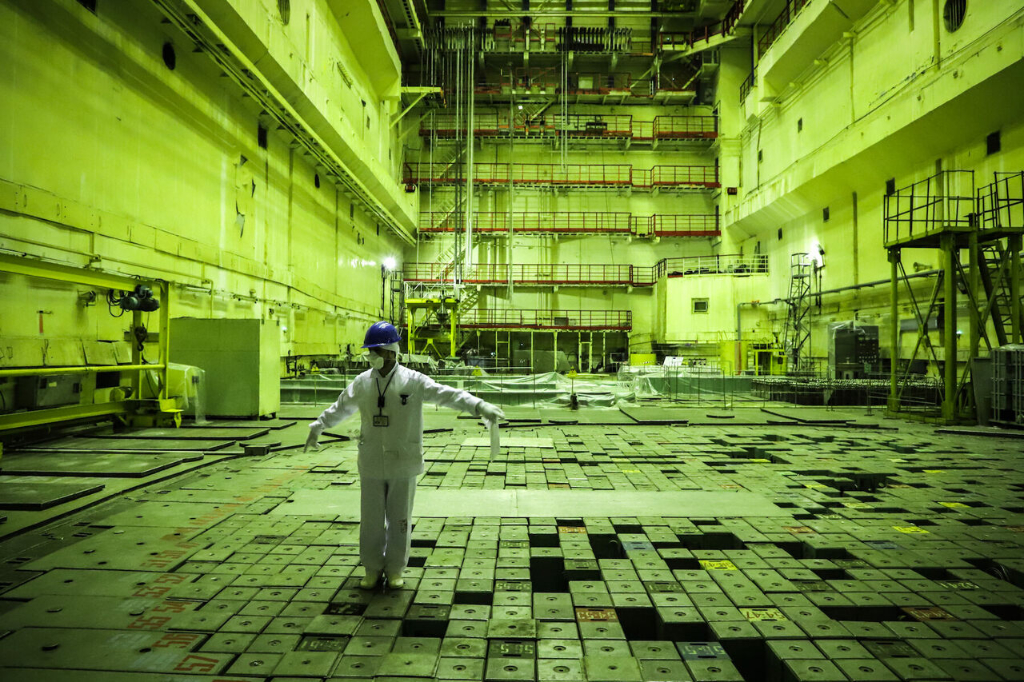Text by CLOT Magazine

In this second part about how the Chornobyl accident impacted not only the lives of millions of people, we will explore the consequences that the accident had on the cultural heritage not only of the former Soviet Union but the rest of the world.
Regarding its political, economic, social, humanitarian, medical and biological consequences, the accident was the greatest catastrophe in human history. After the Chornobyl accident, because many radionuclides were released into the atmosphere, a “dead zone” of 2600 km. was formed in the centre of Europe: the Chornobyl Exclusion Zone.
The Exclusion Zone is the heart of the Ukrainian Polissya. Thirty-five years after the accident – the fields are slowly overgrown with forest, houses and buildings – young trees are getting taller every year, and villages and hamlets are turning into thick bushes.
The result is the restoration of fauna and flora. The Exclusion Zone has several “hot spots” with high levels of radioactive contamination, where scientists study radiation’s effects on living organisms and ecosystems. Today, researchers use the Red Forest as a unique natural landfill for radioecological and radiobiological experiments.
The Exclusion Zone is a natural ecosystem of almost closed types. The presence of radioactive contamination of the territory, its parameters and features are a unique source of information. Mechanisms of accumulation and chains of movement of radionuclides in the biological environment, signs of the influence of ionising radiation on natural objects, and determination of parameters and conditions of distribution of radioactive materials in the biosphere are the main directions of radioecological research in the Exclusion Zone. Today, the Exclusion Zone is the only one-of-a-kind, complex platform for the whole spectrum of radioecological research.
Chornobyl not only affected the flora and fauna but also undermined the economic foundations of the Soviet Union. Overcoming the consequences of the Chornobyl accident is an unprecedented scientific, technological, and economic challenge. The process of overcoming the consequences of the Chornobyl disaster has become the sole responsibility of each former Soviet republic. The station continued to operate after the accident, and only in 1995 did the government decide to close the Chornobyl nuclear power plant.
As a result of the accident, the radioactive dead zone absorbed the entire continent of Ukrainian spiritual life. Ukrainian Polissya belongs to the Slavic world’s most unique historical and ethnographic regions. Due to the natural conditions of this region (hard-to-reach forests, swamps) in the traditional culture of its inhabitants – in the living vernacular, rites and customs, oral stories and song folklore, in the construction of residential and farm buildings, in towel ornaments – ancient artefacts have been preserved—past eras.
Almost until the last years before the accident, the people of Chornobyl Polissya believed in the arrival of mermaids (ancestral souls) for the mermaid week after the Trinity, in the magical power of healers and witches and ritual actions and orders.
After the accident, the natives of this region were scattered around the world, losing the most precious thing – the connection with the native spiritual environment in which they grew up and from which they organically adopted their parents’ language and deep cultural traditions. Practically this part of Ukraine ceased to exist as a whole ethnocultural and linguistic area.
Thanks to many scientists’ obsessive work in the affected areas and places of compact residence of migrants, a unique museum-archival fund was collected, which now includes 175 thousand photographs, 7500 hours of audio and video recordings, about 50 thousand material monuments, and 21 thousand archival documents.
The Chornobyl tragedy has inspired many contemporary Ukrainian and foreign artists with thousands of art, animation, theatre and cinema works. Not to forget the most famous works about Chernobyl – the HBO series Chernobyl and Nobel laureate writer Svetlana Aleksievich, who in her book Chernobyl Prayer speaks about a catastrophe that destroyed millions of lives, overturned the worldview of an entire generation, and at the same time, rejected the Iron Curtain and undermined the seemingly inviolable state.
Chornobyl has taken a piece of great history with it into the past and at the same time, has become a catalyst for many new ones.






